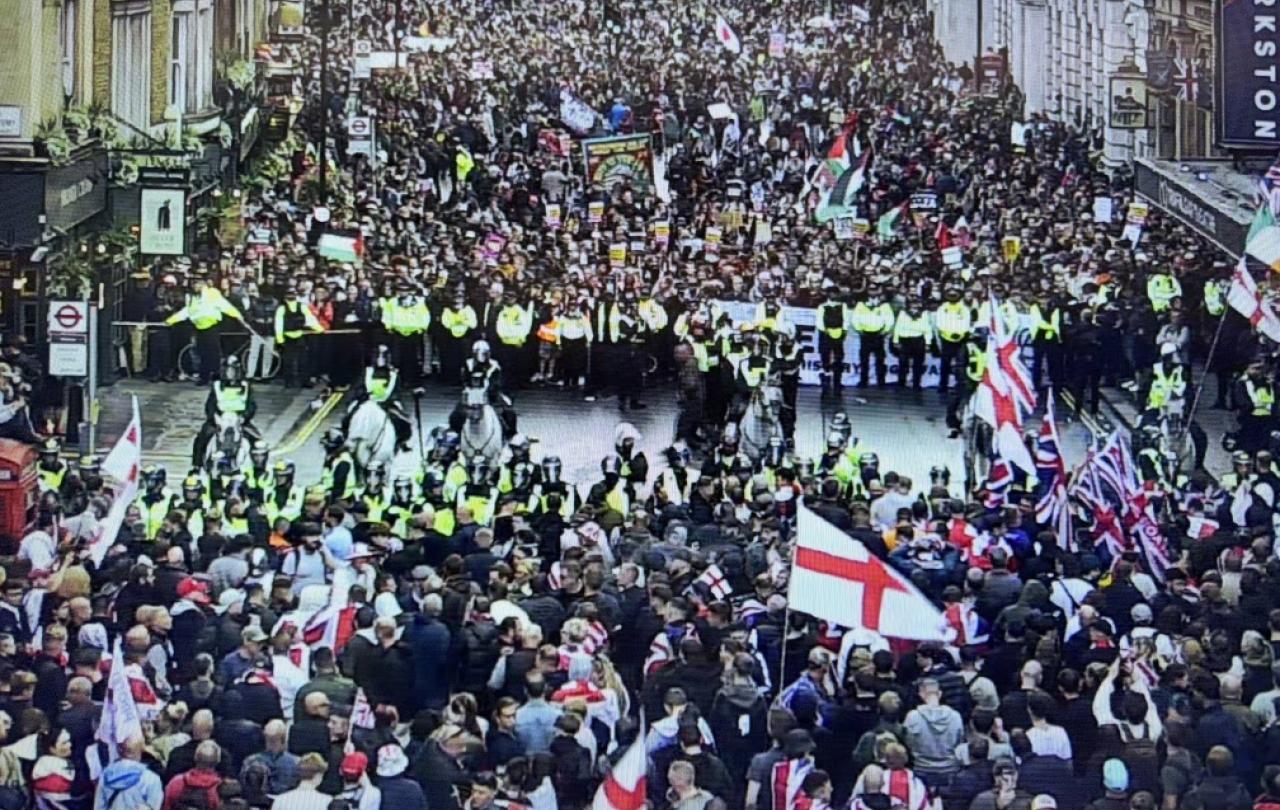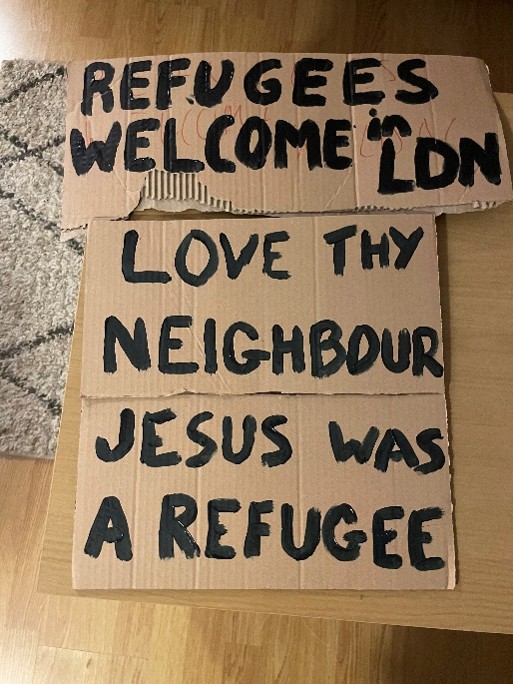Knife crime around the world is unacceptably high, and with around 50,000 offences expected this year in the UK, it is sadly no surprise when we hear tragic news stories involving knives and sharp instruments. Recently, it was the terrible circumstances of the death of Daniel Anjorin that made the headlines. The gentle, much-loved, 14-year-old boy was on his way to school in East London when he, along with several others, was randomly attacked by a man with a sword. He died from his wounds shortly after being taken to hospital.
I happened to be in the middle of listening to Knife, a memoir by Salman Rushdie, when the news broke of that tragedy. It is another heart-rending story. Rushdie describes how, in 2022, during a speech he was giving about the need to protect writers, a man ran onto the stage and frantically stabbed him 15 times. Rushdie was airlifted to a hospital and survived the attack but lost an eye. Then began his difficult physical and emotional journey towards recovery, documented in the book he never wanted to write.
It was not the first time Rushdie had been the victim of aggression. In 1988, following the publication of his novel The Satanic Verses, the Iranian government called for Rushdie’s death by issuing a fatwa against him. His book was perceived to be blasphemous to the Islamic faith, and despite ten years of round-the-clock police protection in London, he faced several serious assassination attempts.
The fatwa was lifted in 1998, but twenty-four years later, Rushdie was clearly still not safe. He recounts the moment when he saw the man running at him in the darkness as he gave his lecture.
“My first thought when I saw this murderous shape rushing towards me was: So it is you. Here you are…. It struck me as anachronistic. This was my second thought: Why now? Really? It’s been so long. Why now after all these years? Surely the world had moved on, and that subject was closed. Yet here, approaching fast, was a sort of time traveller, a murderous ghost from the past.”
I can’t imagine how I would cope in his shoes. I have not had to experience the daily fear of assassination for decades as Rushdie has. In all my years of delivering speeches and sermons on stages around the world, I have never had cause to even contemplate the possibility of an attempt on my life. Nevertheless, I was surprised to hear in Rushdie’s voice, the words he chose to say to his attacker:
“If I think of you at all in the future it will be with a dismissive shrug. I don't forgive you. I don't not forgive you. You are simply irrelevant to me, and from now on, for the rest of your days, you will be irrelevant to everyone else. I'm glad I have my life and not yours and my life will go on.”
Rushdie admits that his words are his weapons – and he certainly uses them to good effect. They are sharp. They are designed to eviscerate. They are calculated to cause pain. They express derision towards his attacker. Part of me cheers him on: a defenceless man in his seventies who walked into a lecture hall expecting to give a speech to rapturous applause but left barely alive as the victim of a brutal frenzied attack. Like the plot of every action movie I have ever seen, the story seems to have a happy ending – the hero is saved, the bad guy is locked up and justice is seen to be done.
But there is another part of me that knows these Hollywood endings can’t be trusted. Those 27 seconds of violence have clearly left Rushdie reduced to spitting insults at a young man in prison. He claims his life now is “filled with love”, but sadly there is little evidence of it in the way he addresses the radicalised 24-year-old. Bitterness and weaponised words, however eloquent, can’t soften the scars, nor do they make the world a safer place.
Indeed, I have found it difficult to forgive the comparatively trivial experience of being metaphorically stabbed in the back.
I can’t help but compare Rushdie’s reaction with that of Bishop Mar Mari Emanuel. The day before Knife was published, the Iraqi-born bishop was preaching at his church in Sydney, Australia, when he too was attacked by a young man with a knife, and, like Rushdie, ended up losing an eye. The attack was an overt terrorist act against Bishop Mar Mari, a controversial figure who has spoken dismissively about the Islamic, Jewish and LGBTQ+ communities.
Despite the striking similarities between the two men’s terrible ordeals, the contrast in their response couldn’t be starker. Speaking just two weeks later at a Palm Sunday service, Bishop Emanuel affirmed that he had forgiven his teenage assailant:
‘I say to you, my dear, you are my son, and you will always be my son. I will always pray for you. I’ll always wish you nothing but the best. I pray that my Lord and Saviour Jesus Christ of Nazareth, to enlighten your heart and enlighten your soul your entire being to realise, my dear, there is only one God who art in heaven…. the Lord knows it is coming from the bottom of my heart. I’ll always pray for you and for whoever was in this act. In the name of my Jesus, I forgive you. I love you, and I will always pray for you.”
Woven into the fabric of every form of Christianity is a commitment to love and forgiveness, clearly exemplified for us here by Bishop Mar Mari. His words resonated around the world this week as he returned to the pulpit where he was stabbed, bandage over one of his eyes, to speak out with kindness and compassion.
I am deeply challenged by the bishop’s response. I have never experienced the physical pain and emotional trauma of a knife attack. Indeed, I have found it difficult to forgive the comparatively trivial experience of being metaphorically stabbed in the back. I know how hard it is, to be gracious to those who deliberately cause pain to me or to my family members through their actions. Like Rushdie, I sometimes I would like nothing more than to see them locked up, living a loveless, meaningless, irrelevant life. But this is not the Christian way. I follow Jesus who forgave the soldiers driving nails through his hands and feet, so I must strive to be compassionate to those who do us much lesser harm, as well as seek, in his name, to tackle the underlying causes for the greater dis-ease in society.
The issues that lead to knife crime are many and complex. They include poverty, fear of victimisation, gang culture, radicalisation, distrust of authorities, lack of education, experience of violence in childhood, and much more. Whatever we can do to tackle these problems, we do for the sake of love and peace in our world. Perhaps as we seek to overcome these things together, we can work towards a day when what happened to Daniel Anjorin on 30th April can never happen again.






